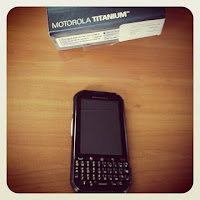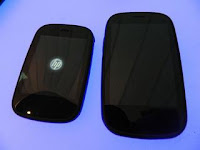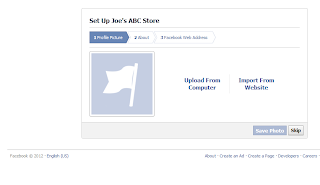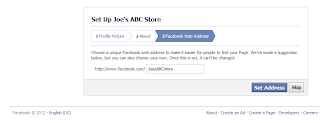In an increasingly digital world it’s easy for anyone, especially businesses, to lose sight of the value of tangible print advertising. Nine times out of ten advertising will be the largest portion of any marketing strategy’s budget. And as such it’s important to maximize the return on investment for every dollar you spend.
One great way to guarantee a good return on investment with print advertising is to create a cohesive message or theme. People are fickle and even the slightest amount of confusion in an advertising campaign could be just enough to cause them to spend their money elsewhere. Today I’d like to share a few ways to create a cohesive print advertising campaign.
Photo credit: toddmadan from morguefile.com
Forms of Print Advertising
Print advertising is any advertisement that is physically printed onto a tangible media, and because of this the field of print advertising is extremely large. A few examples of common print advertisements are mailers and custom banners, as well as newspaper and magazine ads.
Creating Cohesion in Print Advertising
Although the different forms of print advertising are unique in terms of their deployment and target audience, having a similar message, or theme, across the board will help to reduce audience confusion and build a strong brand identity for your business.
In order to produce print advertisements that are cohesive you’ll want to take into consideration the colours, styles, patterns, and logo placement of your ads before deploying any advertising campaign. The colours and styles you use in your advertisements can help tie together different ads regardless of their content.
This means you don’t need to have the same information or images (aside from your logo) on every advertisement, but you will want to use the same colours and styles to make the content look similar across every ad. This builds a unity and helps potential customers begin to recognize your ads. (see picture above)
Rodger Roeser of Justice & Young Advertising and Public Relations in Cincinnati, Ohio, says it takes 17 exposures to an advertisement before it registers to the viewer. For this reason having a cohesive advertising plan is important because it allows multiple ads to work together to achieve the necessary views.
Imagine if you ran an ad in a local newspaper, on a local billboard, and mailed out fliers, each with different colours and styles. Every time a potential customer saw one of your ads they’re registering it differently than they would if you had a cohesive theme. Now if you did the same advertising campaign using like colours and styles people can begin to register them as being similar, and related.
Deploying the Print Advertising
After implementing similar colours and styles into your print advertising campaign it’s time to deploy it. When deploying any print advertising campaign you’ll want to take into consideration how potential customers will see your ads. If you plan to utilize things like mailers or fliers I suggest targeting them to specific postal codes. This will help you in deciding where to place other advertisements such as custom banners or which billboards to rent space on. Place ads where they have the most relevance. For example, an ad promoting noise reducing headphones will be most effective in places that have a lot of noise like subways and busses.
Effects of Successful Cohesion in Print Advertising
A cohesive print advertising plan is a powerful tool for businesses to use. The value of print advertising is not lost in a day and age where digital reigns supreme, but it does require some creativity to remain relevant. A cohesive advertisement campaign will help to build brand identity and keep the products or services your business offers at the forefront of the market and in the minds of potential customers.
About the Author:
Annie Harrington is a small business owner, writer, and amateur photographer. In her free time she enjoys writing about ways other business owners can positively impact their brand image with unique printed material like custom banners and custom poster printing.



















 version of email services for Businesses in a
version of email services for Businesses in a 





































